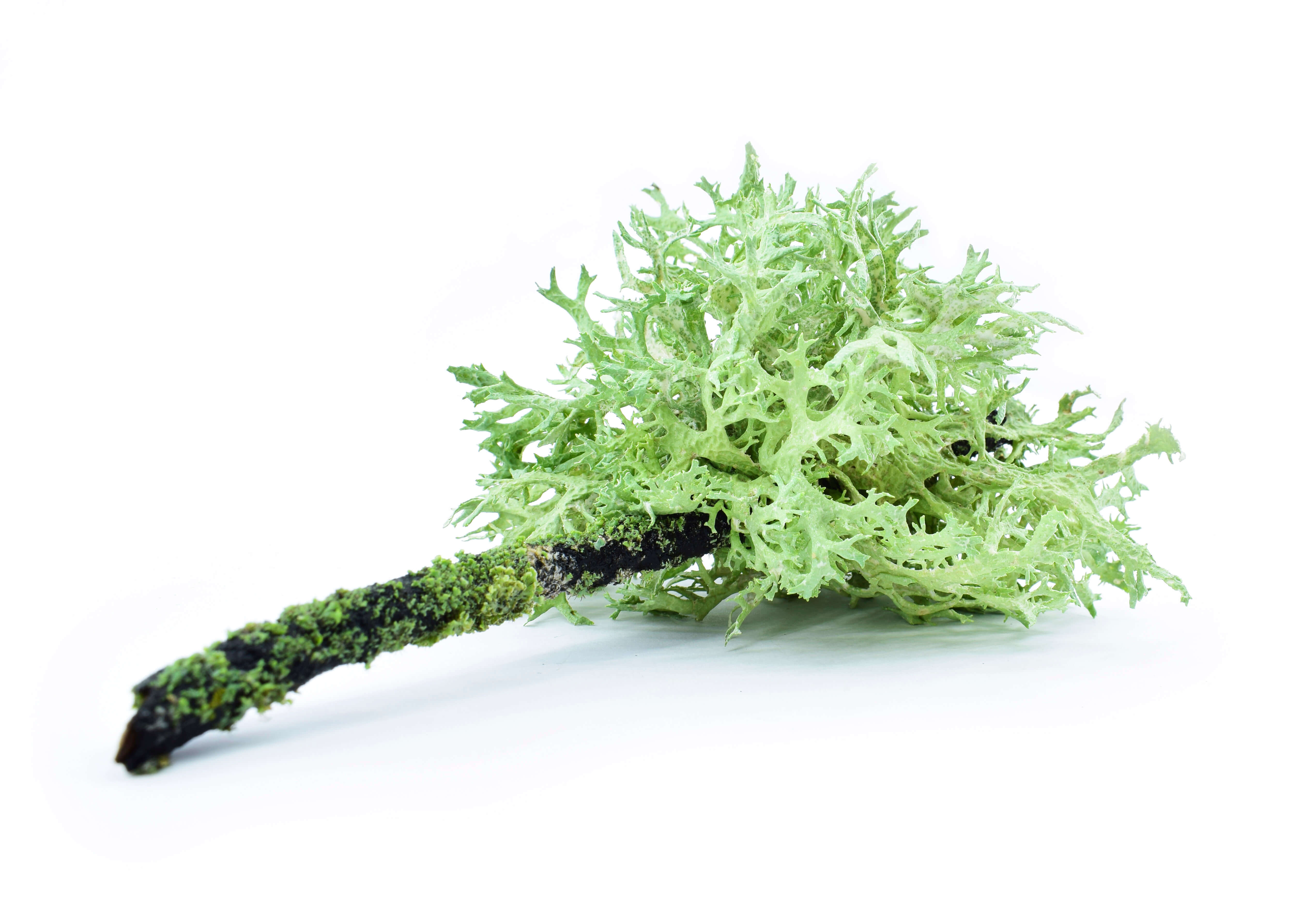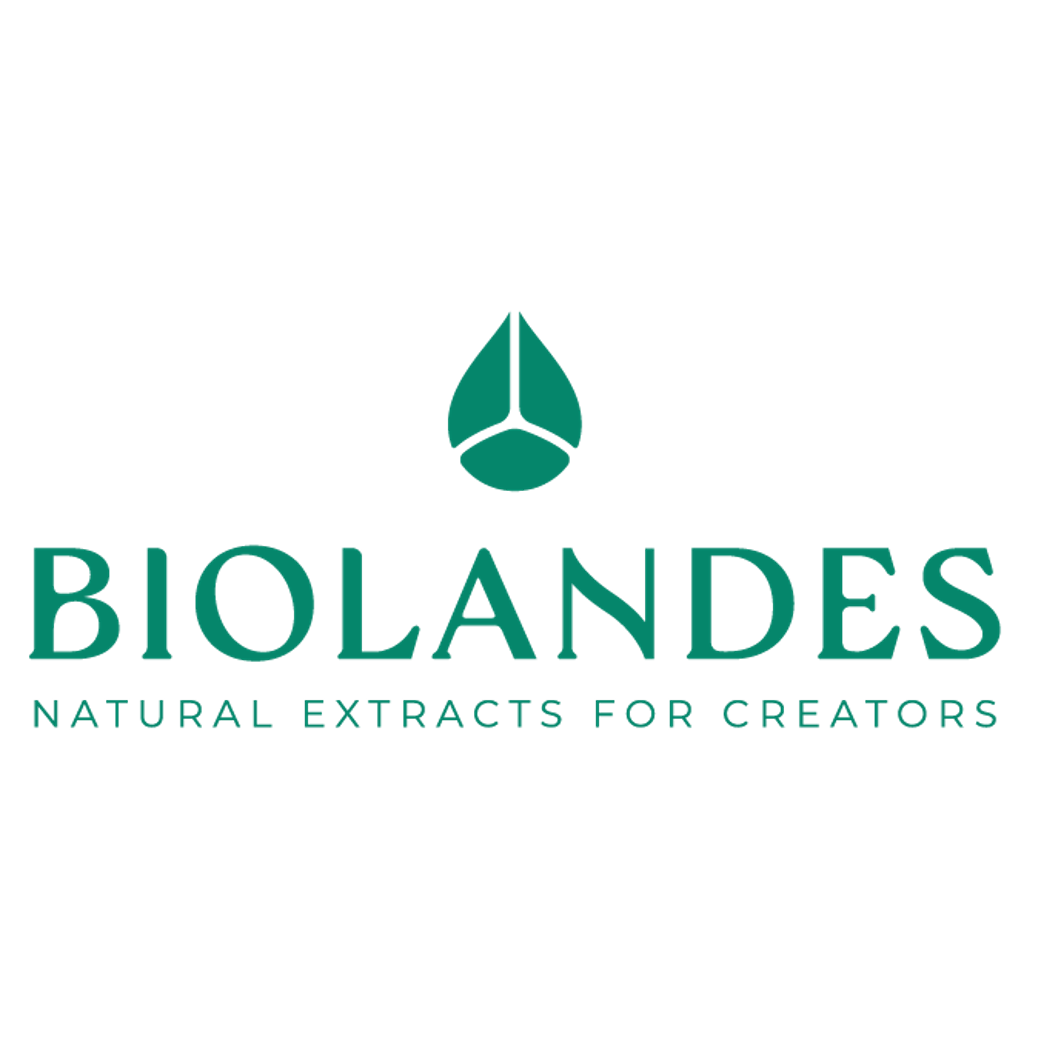Treemoss Absolute
Naturelle
Undergrowth > Mossy > Green Fruits > Animalic

Crédits photo: ScenTree SAS
Latin name :
Evernia furfuracea
Botanical profile :
Tree moss is a lichen of the Parmeliacae family, and of the genus Evernia
Geographic origin :
Originating from various countries, France, the Balkans and China are the three largest producers (in order) of tree moss.
Chemotypes :
In perfumery, three types of lichen are used:
Evernia prunastri : Oak Moss Absolute
Evernia furfuracea : Tree Moss Absolute
Usnea longissima : Cedar Moss Absolute, which can be found in China and Tibet, but of a different botanical family.
Other species of the genus Evernia are also distinguished: Evernia divaricata, Evernia esorediosa and Evernia mesomorpha. These are not used in perfumery.
Evernia prunastri : Oak Moss Absolute
Evernia furfuracea : Tree Moss Absolute
Usnea longissima : Cedar Moss Absolute, which can be found in China and Tibet, but of a different botanical family.
Other species of the genus Evernia are also distinguished: Evernia divaricata, Evernia esorediosa and Evernia mesomorpha. These are not used in perfumery.
Extraction process :
Tree moss grows at the base of various trees. It is extracted in the same way as oak moss absolute.
Maceration in cold or hot water for 2 to 3 days is necessary to soften the lichens before extraction. They are then crushed to better fill the still, and increase the extraction yield. The extraction is done by a mixture of cyclohexane and isopropanol, in three successive washings. This step extracts the lichen and allows, after filtration and evaporation of the solvent, to obtain the concrete of tree moss. The absolute is then obtained by washing the concrete with alcohol to remove the waxes, which are insoluble in alcohol. The yield on the transition from concrete to absolute is 80%, for an overall extraction yield of about 3.5% (compared to 1.5% for oak moss).
The extract obtained contains Chloratranol and Atranol, which are highly allergenic compounds. A rectification is made to reduce the presence of these compounds in the extract.
Maceration in cold or hot water for 2 to 3 days is necessary to soften the lichens before extraction. They are then crushed to better fill the still, and increase the extraction yield. The extraction is done by a mixture of cyclohexane and isopropanol, in three successive washings. This step extracts the lichen and allows, after filtration and evaporation of the solvent, to obtain the concrete of tree moss. The absolute is then obtained by washing the concrete with alcohol to remove the waxes, which are insoluble in alcohol. The yield on the transition from concrete to absolute is 80%, for an overall extraction yield of about 3.5% (compared to 1.5% for oak moss).
The extract obtained contains Chloratranol and Atranol, which are highly allergenic compounds. A rectification is made to reduce the presence of these compounds in the extract.
Major Components :
Data not available.
- Uses in perfumery :
- Used in undergrowth notes, in fruity notes and in fig reproductions, to bring a natural effect and a slightly animalic facet.
- Other comments :
- Lichens are a crossing between a fungus and an algae. Botanically, we talk about lichen rather than moss for the Evernia genus.
Tree and oak moss are both regulated in the same way by IFRA.
The use of moss extracts tends to be replaced by unregulated compositions or synthetic molecules, such as Evernyl®. - Volatility :
- Heart/Base
- Appearance :
- Green liquid
- Stability :
- Solubility issues in eau de toilette, due to the residual presence of waxes.
Stable in eaux de toilette and various functional bases. - Price Range :
- €€€€
- Aromatherapy :
Informations provided below are taken from reference works in aromatherapy. They are given for information purposes only and can not constitute medical information, nor engage the responsibility of ScenTree.
Data not available.

Crédits photo: ScenTree SAS
- EINECS number :
- 289-860-8
- FEMA number :
- Donnée indisponible.
- Allergens :
- Treemoss Absolute is an allergenic ingredient alone
- IFRA :
- This ingredient is restricted by IFRA
- Restriction type :
- RESTRICTION_SPECIFICATION
- Cause of restriction :
- DERMAL SENSITIZATION
- Amendment :
- 49
- Comments :
- For Treemoss and Oakmoss extracts, the restrictions in the Standards are directly linked to the presence of Atranol and Chloroatranol in the finished products. To ensure that those remain below trace levels, the upper concentration levels have not been increased (compared its last publication in the Amendment 43 (2008)). In the presence of Oakmoss extracts, the level of Treemoss in the respective category has to be reduced accordingly, such that the total amount of both extracts does not exceed the maximum permitted level in each category as listed in the table above. If the same fragrance mixture is intended to be used in more than one IFRA Category, then the most restrictive limitation (based on foreseen use concentrations and maximum permitted level) will apply. Treemoss extracts shall not contain more than 0.8% of Dehydroabietic acid (DHA) as a marker of 2% of total resin acids. The concentration of DHA (about 40% of the total resin acids) in Treemoss can be measured with an High Performance Liquid Chromatography (HPLC) reverse phase - spectrofluorometry method. Further, levels of Atranol and Chloroatranol should each be below 100 ppm in Treemoss extracts.
- Quantitative limit on the use :
-
Cat.1 Cat.2 Cat.3 Cat.4 Cat.5A Cat.5B Cat.5C Cat.5D Cat.6 0,02 % 0,016 % 0,1 % 0,1 % 0,076 % 0,076 % 0,076 % 0,076 % 0,18 % Cat.7A Cat.7B Cat.8 Cat.9 Cat.10A Cat.10B Cat.11A Cat.11B Cat.12 0,1 % 0,1 % 0,032 % 0,1 % 0,1 % 0,1 % 0,1 % 0,1 % No Restriction - Restriction type :
- RESTRICTION QRA
- Cause of restriction :
- SENSITIZATION
- Amendment :
- 43
- Comments :
- For Treemoss and Oakmoss extracts, the restrictions in the Standards are directly linked to the presence of Atranol and Chloroatranol in the finished products. To ensure that those remain below trace levels, the upper concentration levels have not been increased (compared its last publication in the Amendment 43 (2008)). In the presence of Oakmoss extracts, the level of Treemoss in the respective category has to be reduced accordingly, such that the total amount of both extracts does not exceed the maximum permitted level in each category as listed in the table above. If the same fragrance mixture is intended to be used in more than one IFRA Category, then the most restrictive limitation (based on foreseen use concentrations and maximum permitted level) will apply. Treemoss extracts shall not contain more than 0.8% of Dehydroabietic acid (DHA) as a marker of 2% of total resin acids. The concentration of DHA (about 40% of the total resin acids) in Treemoss can be measured with an High Performance Liquid Chromatography (HPLC) reverse phase - spectrofluorometry method. Further, levels of Atranol and Chloroatranol should each be below 100 ppm in Treemoss extracts.
- Quantitative usage limits :
-
Cat.1 Cat.2 Cat.3 Cat.4 Cat.5 Cat.6 Cat.7 Cat.8 Cat.9 Cat.10 Cat.11 0,02 % 0,03 % 0,1 % 0,1 % 0,1 % 0,5 % 0,1 % 0,1 % 0,1 % 0,1 % Not Restricted
To learn more about IFRA's standards : https://ifrafragrance.org/safe-use/library
ScenTree is solely responsible for the information provided here.

